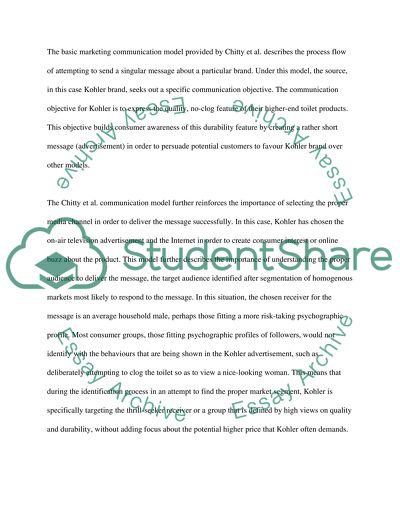Cite this document
(Kohler Bathroom Product Advertisement Using Humour and Persuasion Case Study, n.d.)
Kohler Bathroom Product Advertisement Using Humour and Persuasion Case Study. Retrieved from https://studentshare.org/marketing/1564803-uses-humourous-tactics-report
Kohler Bathroom Product Advertisement Using Humour and Persuasion Case Study. Retrieved from https://studentshare.org/marketing/1564803-uses-humourous-tactics-report
(Kohler Bathroom Product Advertisement Using Humour and Persuasion Case Study)
Kohler Bathroom Product Advertisement Using Humour and Persuasion Case Study. https://studentshare.org/marketing/1564803-uses-humourous-tactics-report.
Kohler Bathroom Product Advertisement Using Humour and Persuasion Case Study. https://studentshare.org/marketing/1564803-uses-humourous-tactics-report.
“Kohler Bathroom Product Advertisement Using Humour and Persuasion Case Study”, n.d. https://studentshare.org/marketing/1564803-uses-humourous-tactics-report.


